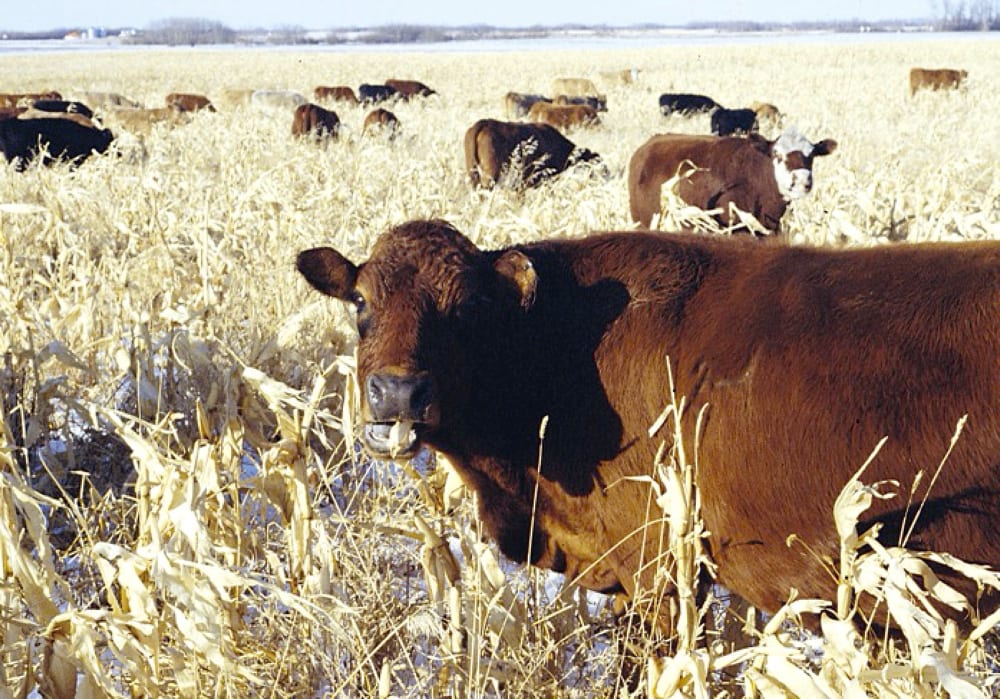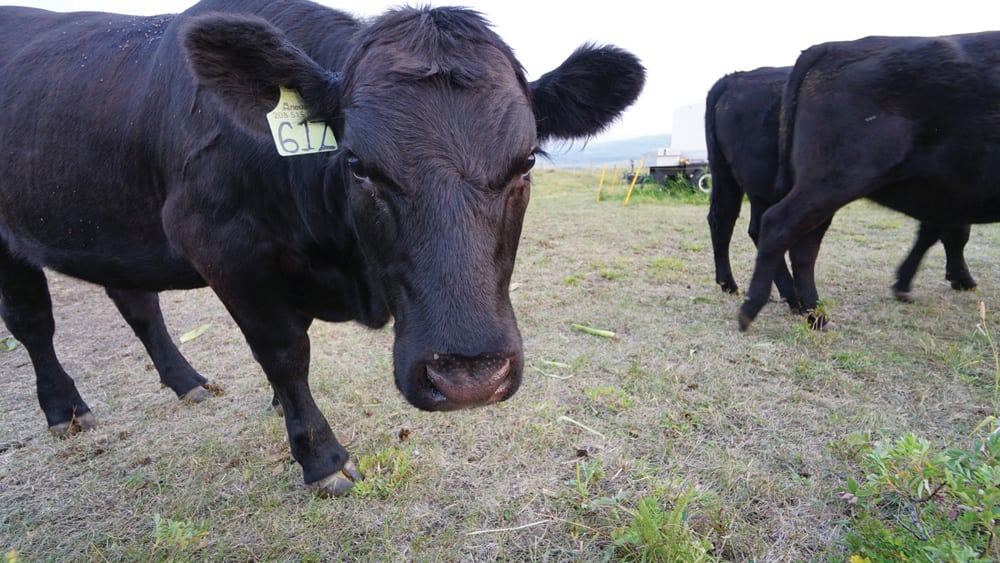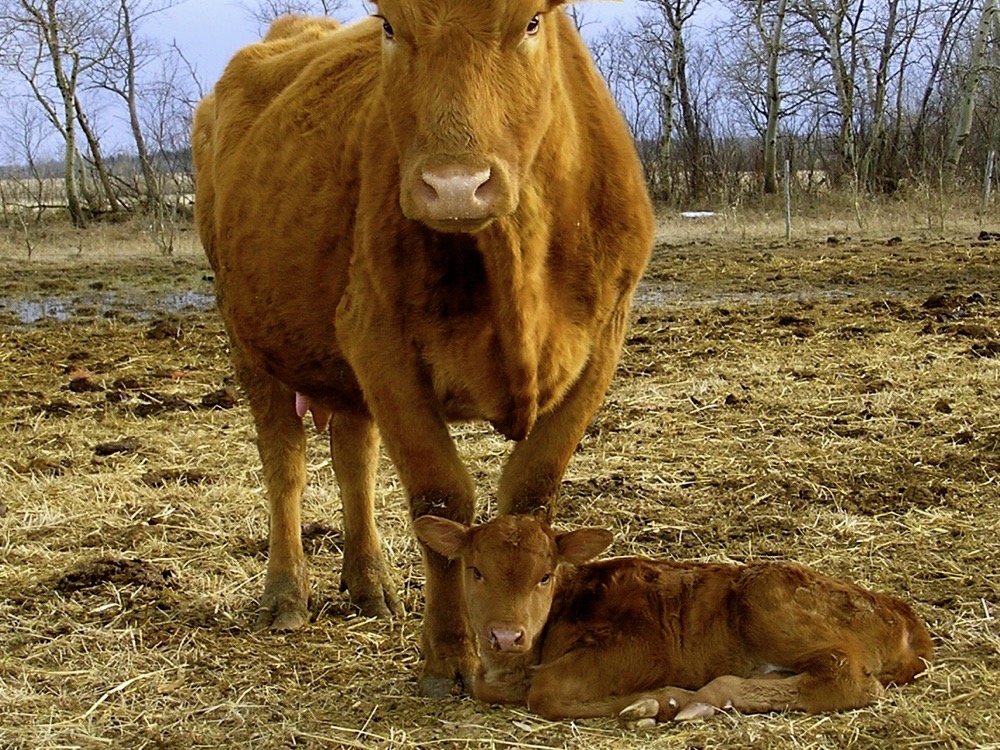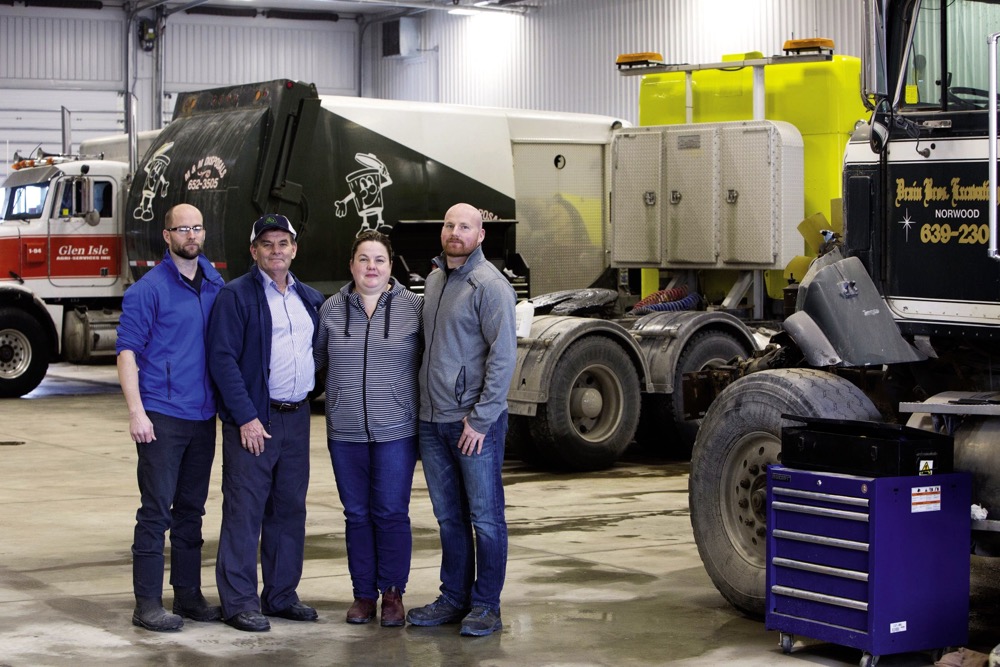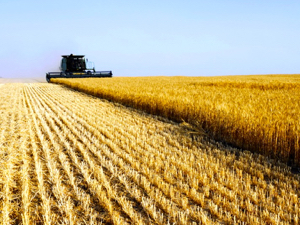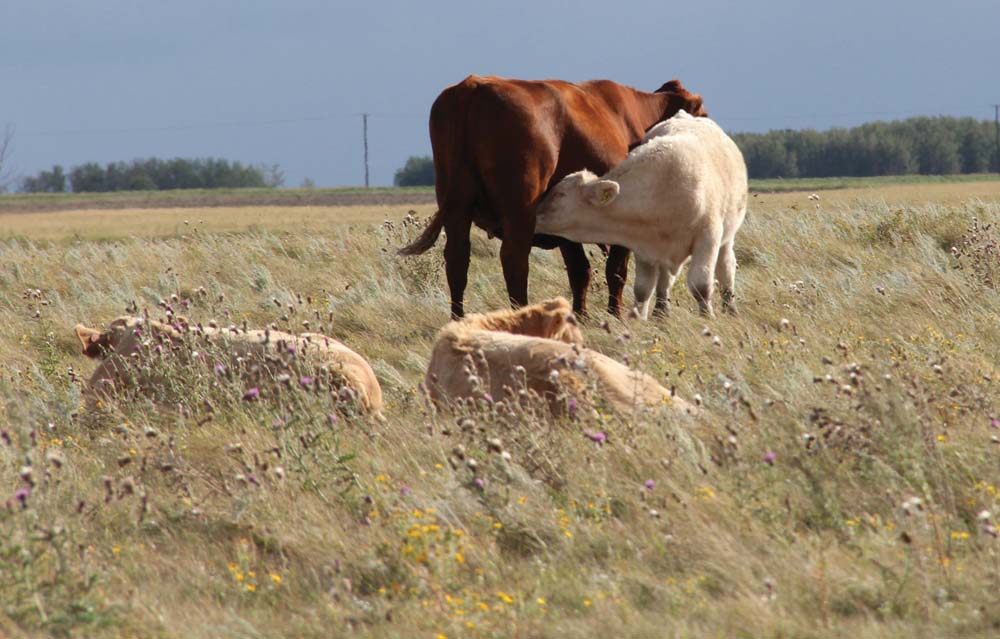Working to create flow

As part of his appearance at the Western Canada Feedlot Management School, Curt Pate gave a processing demonstration at Ceylon Gap Feeders in Ceylon, Sask. Here are some of his tips for effectively creating flow through a processing system.
1. Learn to use the system you have

Pate doesn’t have a preference between tubs and bud boxes, as long as the system is used properly with the correct pressure. “Use what you’ve got. If you’re going to build something new, figure out what works for you,” he said. “Understanding your system, making sure everything works and taking the right number for the job is really important.”
2. Take fewer animals per group

A person can only apply so much pressure, so taking fewer animals at a time more effectively applies that pressure. However, there are times when you can take advantage of the drawing and driving pressures that cattle exert on each other to move a larger group. “You’ve got to use the animals to do the moving, because you can’t use enough pressure to get those animals to decide to go through that gate,” Pate explained. “Even though I might only be influencing the back five head in front of me, they’re creating a pressure and a drive forward to get the other cattle going.”
3. Use noise appropriately

If someone is yelling, it pulls the animals’ focus from moving through the chute. “They’re not thinking about going out the gate any more, they’re thinking about who’s screaming,” said Pate. “I don’t think noise is necessarily a bad thing, but if it takes their mind off what you’re trying to do, then it’s a terrible thing,” he continued. “If the only defense you have is to grab a weapon or yell and scream, you’re not thinking about anything else, and you’re not learning and using your resources as well as you could.”
4. Apply pressure at the right time

Timing is everything, which can be difficult at times. “When you’re late with your pressure, it’s like you’ve put the wrong pressure on,” said Pate. When this happens, it’s best to start over. For example, if you use a prod to move a calf up the alley when he has his head turned back, he will move in the direction he’s looking, so your pressure is late. “If I’d been half a second earlier, when he’s looking right here, and I get the Hot Shot, he goes to where he’s looking,” he said. “We’ve got to really be able to put our pressure on at the time it’s needed, and if not, you’ve got to back off and redo it.”
5. Match the animals’ energy

Pate advised bringing cattle into the processing system at a trot. “The way the cattle come in here is the way they’re going to travel up that chute,” he said, adding that you need to keep the footing in mind. “If you let cattle out of a pen or you take them somewhere, and they trot away from you, it’s really important to trot with them and keep up with the motion.” This maintains pressure so the animals don’t turn around and come back.

